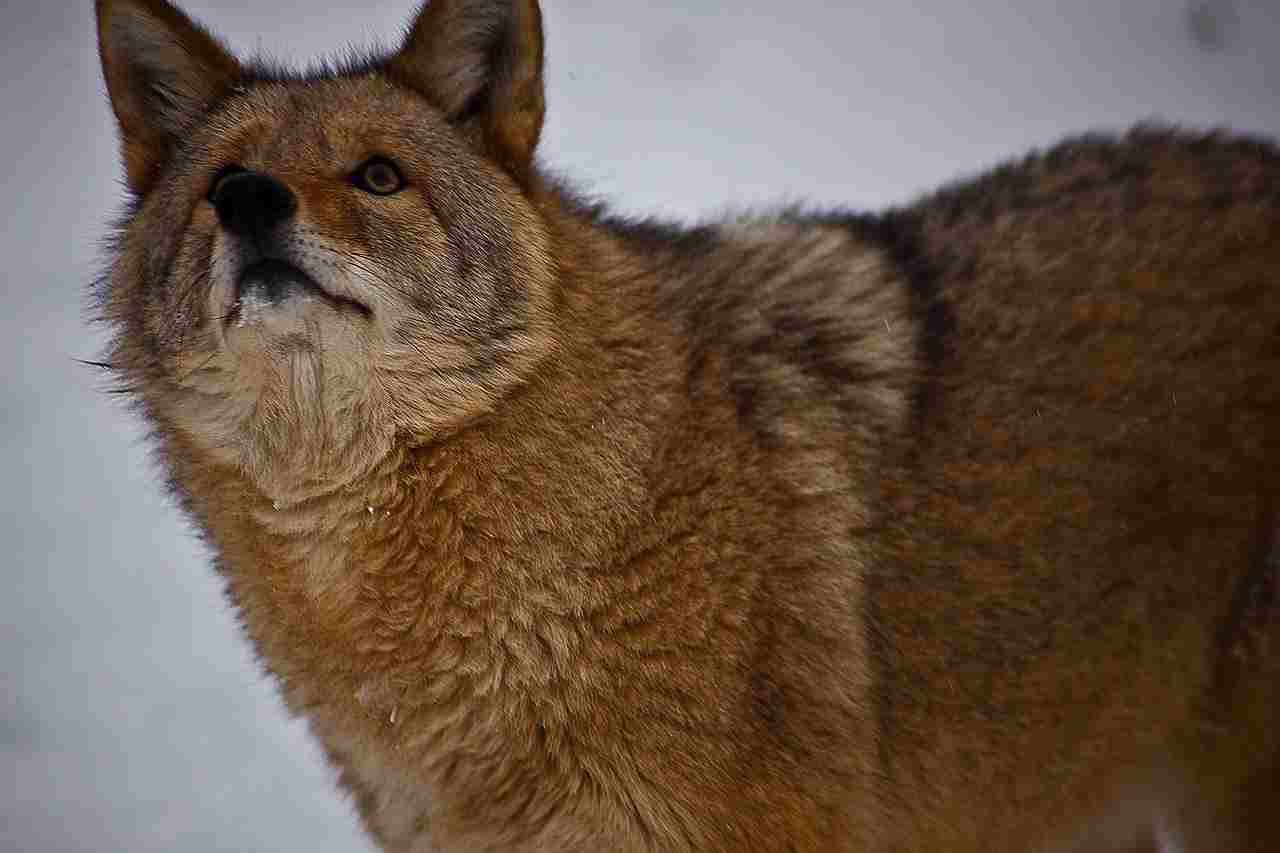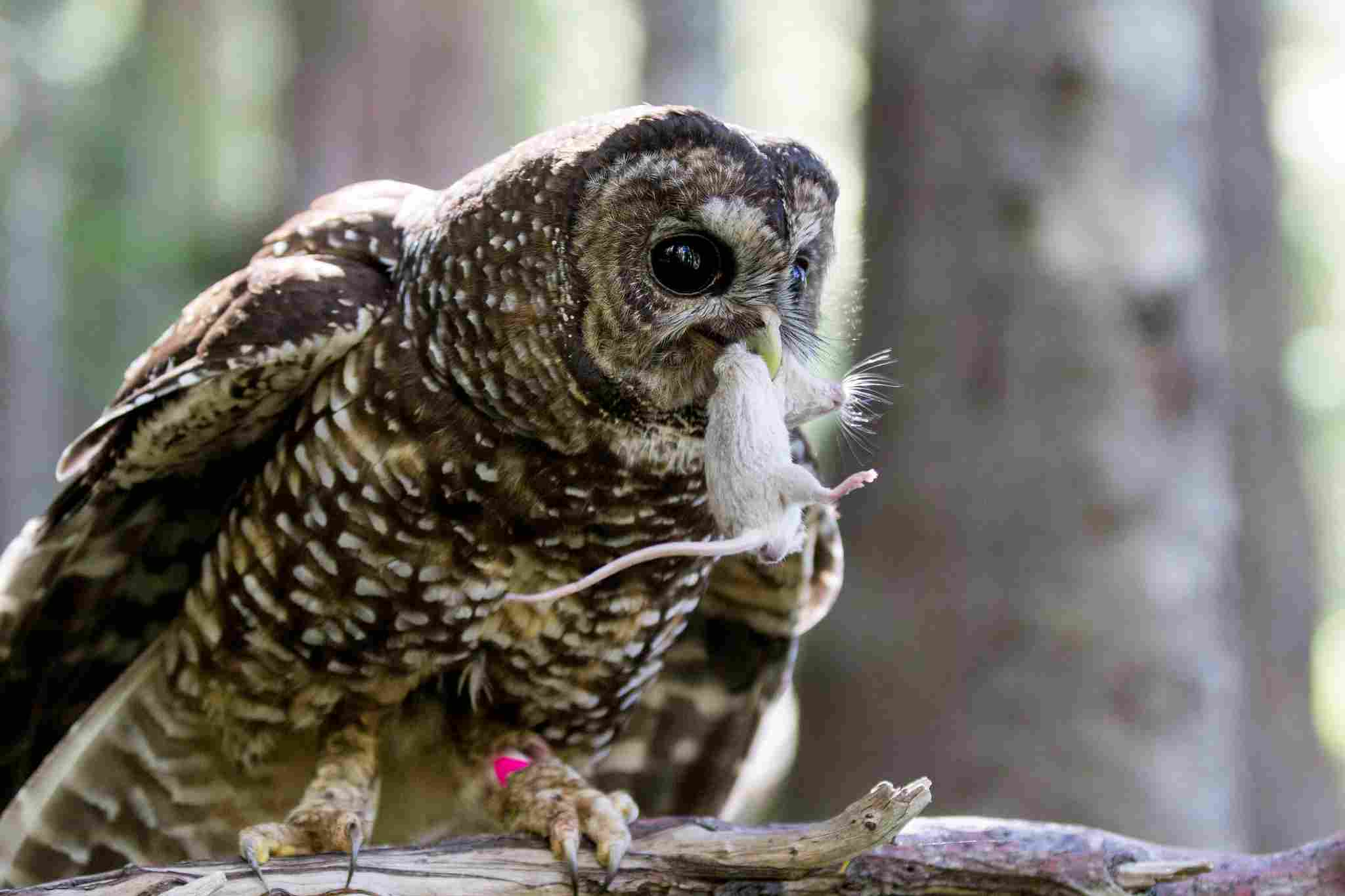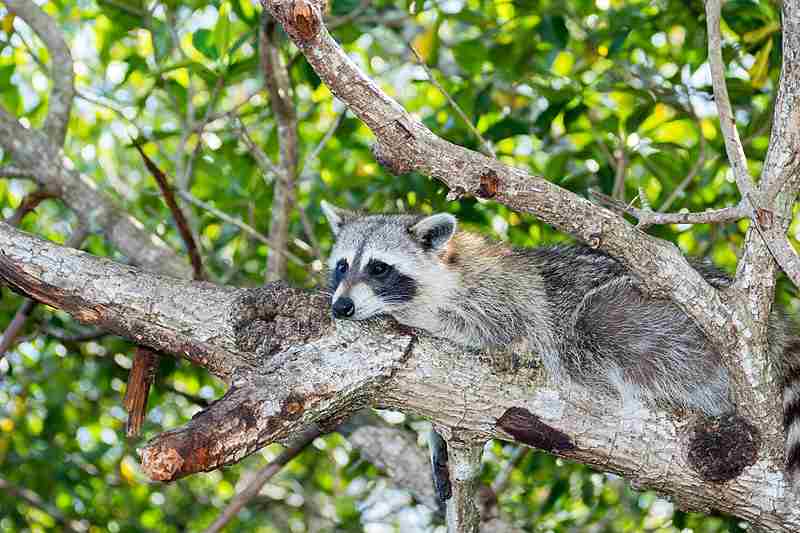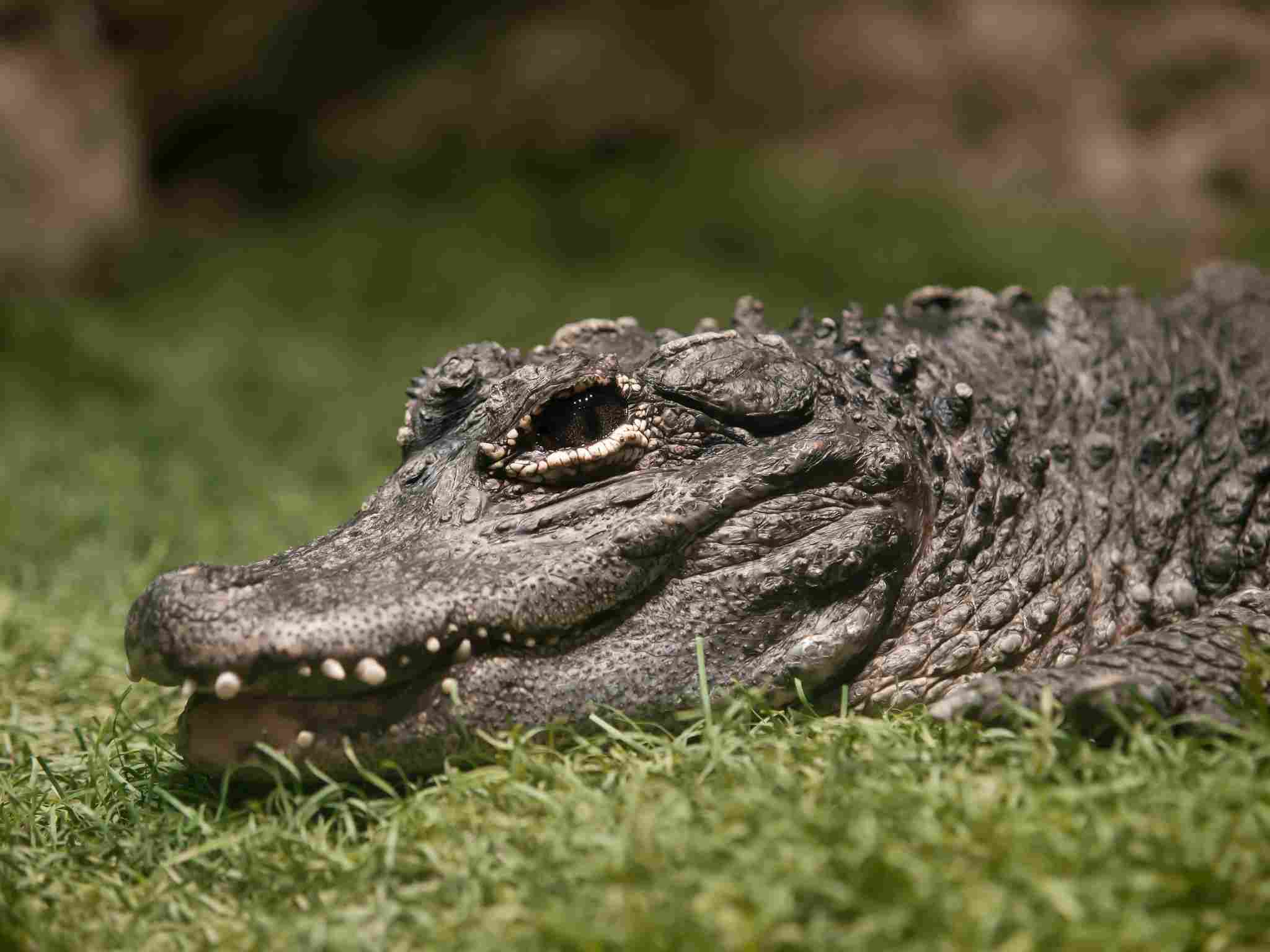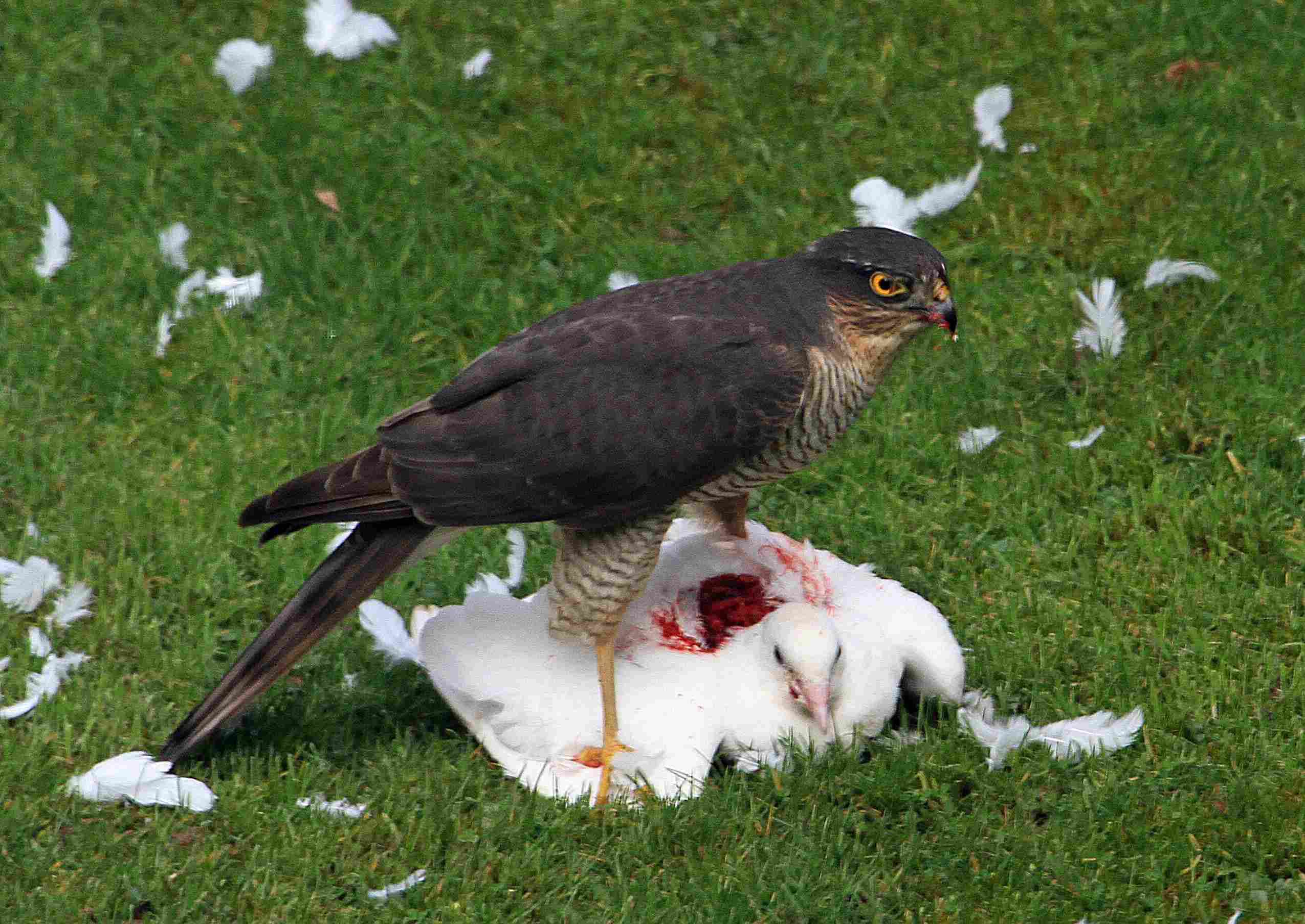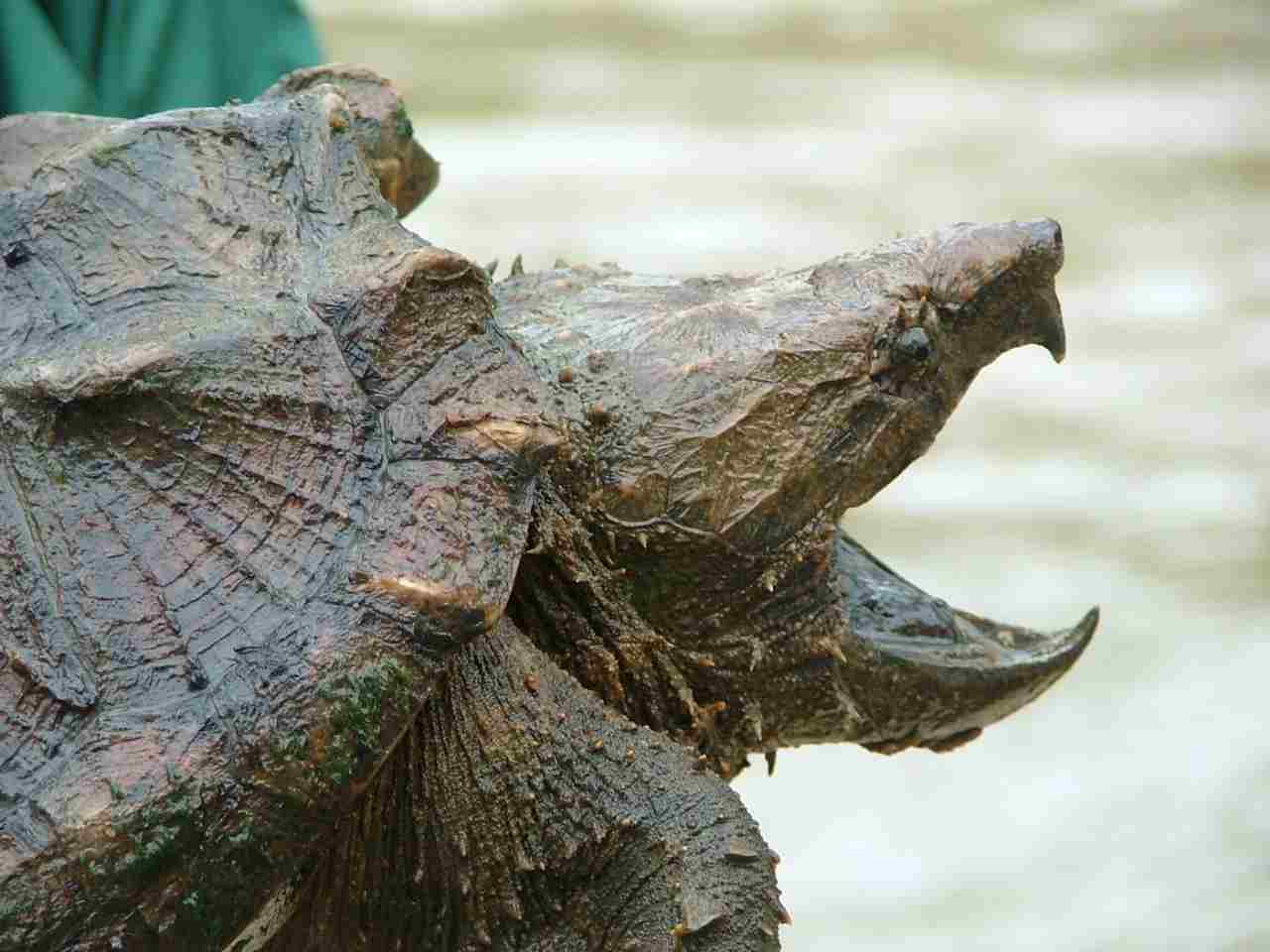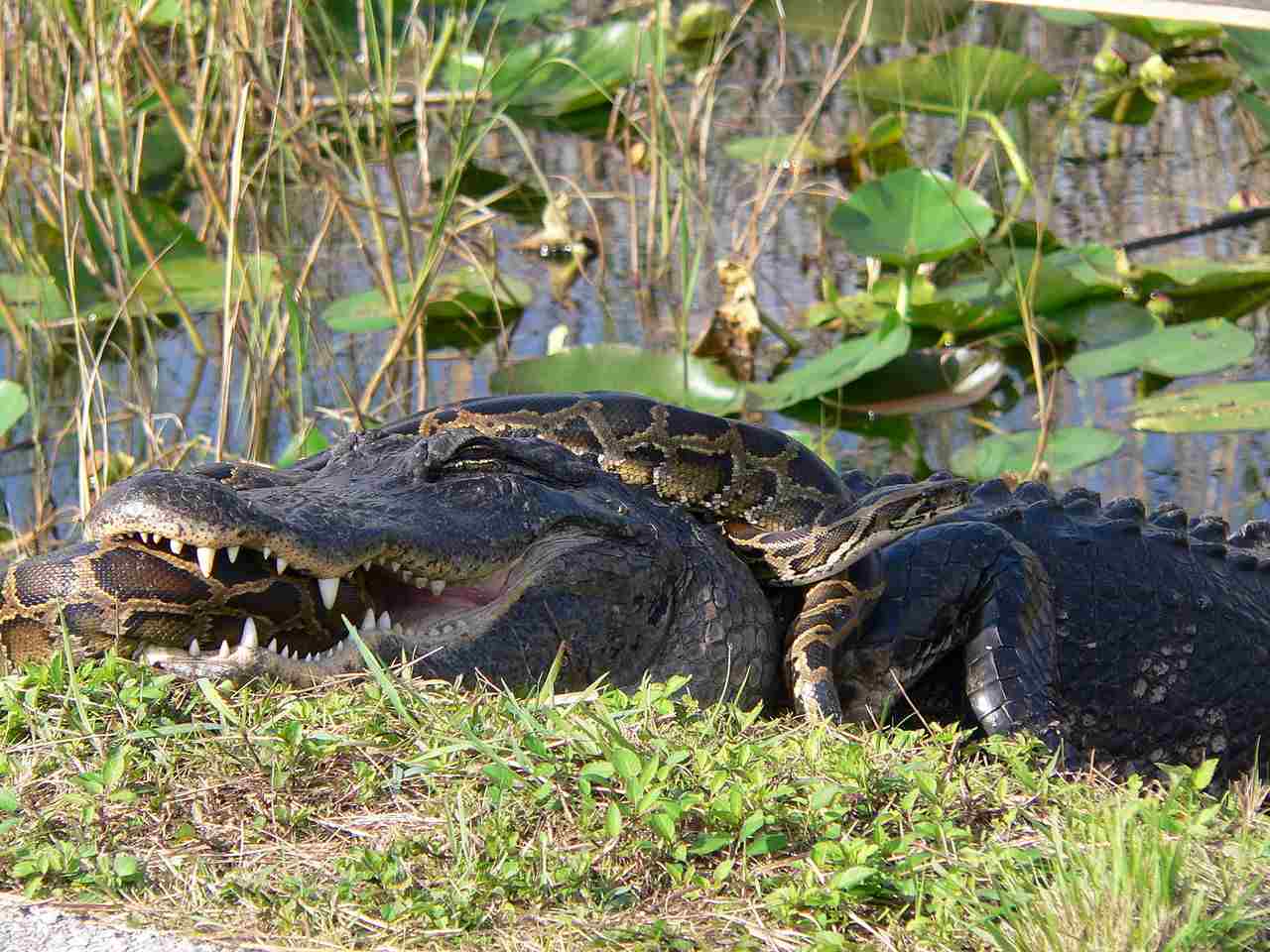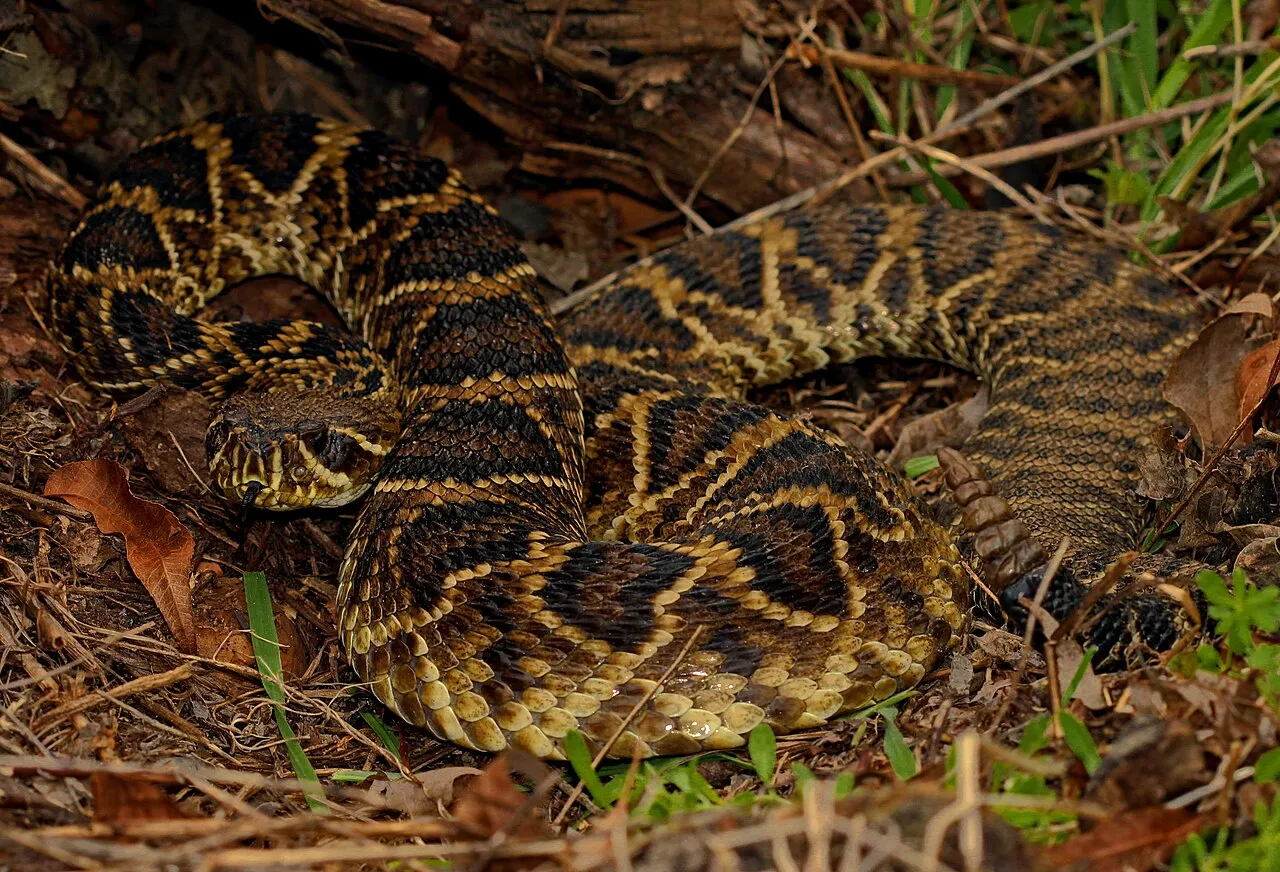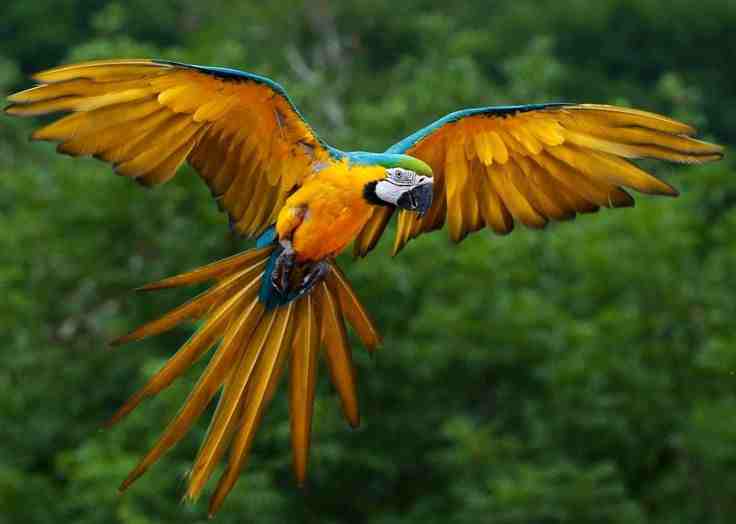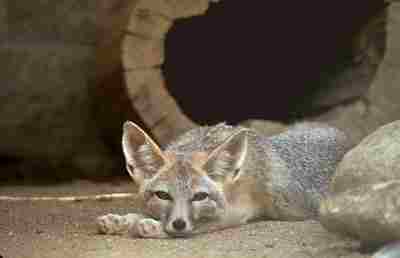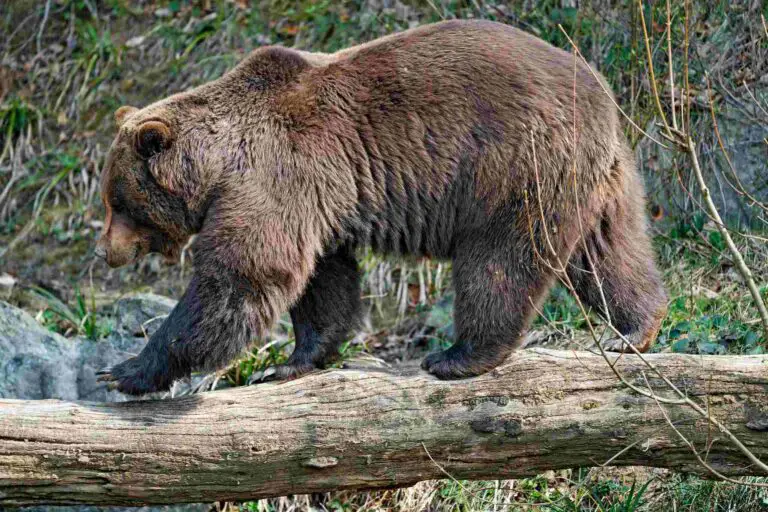11+ Predators In Florida And Their Characteristics
Examples of predators in Florida are the Florida Panther, a critically endangered cougar subspecies; the American Alligator, a conservation success story found in swamps and rivers; and the Coyote, a highly adaptable canid often seen in urban areas. Other predators include the invasive Burmese Python, which threatens native wildlife, and the Eastern Diamondback Rattlesnake, the largest venomous snake in North America. Birds of prey such as Hawks and Owls play crucial roles in controlling small mammal populations, while Raccoons, though sometimes seen as pests, are intelligent foragers that contribute to ecosystem balance.
1. Florida Panther
The Florida Panther (Puma concolor coryi) is a rare and endangered subspecies of cougar found primarily in the swamps and forests of southern Florida. This elusive predator is a solitary and territorial animal, known for its sleek, tawny coat and distinctive facial markings. With an estimated population of around 200 individuals, the Florida Panther is one of the most endangered mammals in the United States. It primarily preys on white-tailed deer, but its diet can also include wild hogs, raccoons, and small mammals. The preservation of large, connected habitats is critical to the survival of this iconic species.
Despite conservation efforts, the Florida Panther faces significant threats, including habitat loss, vehicle collisions, and genetic issues due to inbreeding. Conservationists are working to create wildlife corridors to allow panthers to roam more freely and safely. Efforts to reduce road fatalities, such as the installation of wildlife crossings, have also shown promise. Public awareness and education play key roles in the ongoing effort to save the Florida Panther from extinction.
2. American Alligator
The American Alligator (Alligator mississippiensis) is a large reptile found throughout the southeastern United States, particularly in Florida’s swamps, rivers, and wetlands. This apex predator can grow to over 14 feet in length and weigh more than 1,000 pounds, making it one of the largest reptiles in North America. The American Alligator is known for its powerful jaws, muscular body, and ability to remain submerged for extended periods, making it a formidable hunter. It feeds on fish, turtles, birds, and small mammals, and plays a vital role in maintaining the balance of its ecosystem.
The conservation success story of the American Alligator is remarkable. Once endangered due to hunting and habitat loss, the species has made a strong recovery thanks to legal protections and conservation efforts. The alligator is now a common sight in Florida, often seen basking in the sun or gliding through waterways. Despite their resurgence, alligator-human conflicts occasionally occur, emphasizing the importance of respecting these animals and maintaining a safe distance. Education and awareness are key to ensuring harmonious coexistence with this iconic Florida predator.
3. Coyote
Coyotes (Canis latrans) are highly adaptable canids that have expanded their range across North America, including Florida. These intelligent and resourceful predators are capable of thriving in a variety of environments, from rural areas to urban neighborhoods. Coyotes in Florida are generally smaller than those in other regions, but they retain the characteristic bushy tail and pointed ears. Their diet is diverse, consisting of small mammals, birds, fruits, and even human refuse, contributing to their adaptability and success.
In Florida, coyotes have become a common presence, leading to mixed reactions from residents. While they help control rodent and rabbit populations, their predation on pets and livestock has caused concern. Local authorities and wildlife experts emphasize the importance of securing trash and avoiding the feeding of coyotes to reduce human-coyote conflicts. Education campaigns help inform the public about the role coyotes play in the ecosystem and offer guidance on how to coexist with these versatile predators.
4. Florida Black Bear
The Florida Black Bear (Ursus americanus floridanus) is a subspecies of the American black bear found primarily in Florida’s forests and swamps. This large mammal is characterized by its black fur, robust body, and keen sense of smell. The Florida Black Bear is an omnivore, with a diet that includes fruits, nuts, insects, and small mammals. As one of the largest terrestrial predators in Florida, it plays a significant role in the ecosystem by dispersing seeds and controlling insect populations.
Despite being a native species, the Florida Black Bear has faced challenges due to habitat fragmentation and human encroachment. The increasing development of rural and suburban areas has led to more frequent human-bear encounters, often resulting in negative consequences for the bears. Efforts to mitigate these conflicts include public education on bear-proofing trash and creating wildlife corridors to connect fragmented habitats. Conservation programs are also in place to monitor bear populations and ensure their long-term survival in Florida’s diverse ecosystems.
5. Burmese Python
The Burmese Python (Python bivittatus) is an invasive species in Florida, originally from Southeast Asia. It has established a significant population in the Florida Everglades and surrounding areas, posing a severe threat to native wildlife. These large constrictor snakes can grow over 20 feet long and weigh more than 200 pounds, making them one of the largest snake species in the world. Burmese Pythons are ambush predators that feed on a variety of animals, including birds, mammals, and other reptiles. Their rapid proliferation in Florida has caused a dramatic decline in native species, leading to widespread ecological concerns.
Efforts to control the Burmese Python population in Florida include organized hunts, public education, and the development of innovative technologies for tracking and capturing these snakes. Despite these efforts, the sheer size and adaptability of the Burmese Python make eradication challenging. Conservationists and wildlife management experts continue to seek new strategies to manage this invasive predator and minimize its impact on Florida’s ecosystems. The public is encouraged to report python sightings and to avoid releasing exotic pets into the wild to prevent further introductions of invasive species.
6. Shark
Sharks are a diverse group of cartilaginous fish that inhabit Florida’s coastal waters, with over a dozen species found in the state’s waters. These apex predators play a crucial role in marine ecosystems by maintaining a balance in the food chain and removing weak or sick fish. Among the most common sharks in Florida are the Blacktip, Hammerhead, Bull, and Tiger sharks. They can be found in both shallow and deep waters, and some species, like the Blacktip Shark, are known to come close to shore, especially during migration seasons.
Shark-human encounters are rare, but they do occur, especially with species like the Bull Shark, which can tolerate freshwater and often swims up rivers. Despite the fear they invoke, sharks are generally not aggressive towards humans. Efforts to promote shark conservation focus on raising awareness about their ecological importance and reducing the stigma surrounding these animals. Regulations on shark fishing and campaigns against shark finning have been implemented to protect these critical predators.
7. Timber Rattlesnake
The Timber Rattlesnake (Crotalus horridus) is a venomous snake native to the southeastern United States, including northern Florida. Recognizable by its distinctive rattling tail and robust body, the Timber Rattlesnake can reach lengths of up to six feet. Its coloration varies, typically featuring a pattern of dark bands or chevrons on a lighter background. This rattlesnake is known to inhabit forests and wooded areas, where it preys on small mammals, birds, and other reptiles.
Despite its fearsome reputation, the Timber Rattlesnake is generally shy and avoids human contact. It will use its rattle as a warning signal when threatened, providing an opportunity for people to retreat. The species is considered vulnerable due to habitat loss and human persecution. Conservation efforts focus on protecting its natural habitat and educating the public about the ecological role of these snakes. Proper management and respect for their territory are key to ensuring the survival of the Timber Rattlesnake in Florida’s ecosystems.
8. Eastern Diamondback Rattlesnake
The Eastern Diamondback Rattlesnake (Crotalus adamanteus) is the largest venomous snake in North America and a prominent predator in Florida’s ecosystems. It is known for its striking diamond-shaped patterns along its back and its impressive size, which can exceed seven feet in length. This rattlesnake inhabits a range of environments, including pine forests, palmetto scrub, and coastal dunes. Its primary diet consists of small mammals like rats and rabbits, making it a crucial component of controlling rodent populations.
While the Eastern Diamondback Rattlesnake can be dangerous due to its potent venom, it is generally non-aggressive and prefers to avoid human contact. When threatened, it will rattle its tail as a warning. This species has faced pressure from habitat destruction and human encroachment, leading to a decline in its population. Conservation efforts focus on protecting its habitat and raising awareness about the importance of these snakes in the ecosystem. Regulations on hunting and habitat management are essential to ensure the survival of this iconic Florida predator.
9. Pygmy Rattlesnake
The Pygmy Rattlesnake (Sistrurus miliarius) is a small venomous snake found throughout Florida and the southeastern United States. As its name suggests, this rattlesnake is relatively small, typically growing to a length of 1 to 2 feet. Despite its size, it has a distinctive rattle and can be quite venomous. The Pygmy Rattlesnake is known for its varied coloration, ranging from gray to orange, with a pattern of dark blotches. It is often found in wooded areas, marshes, and grasslands, where it preys on small mammals, birds, and amphibians.
This rattlesnake is generally more aggressive than its larger counterparts, often striking when threatened without much warning. Despite this behavior, the Pygmy Rattlesnake plays an important role in its ecosystem, controlling populations of small prey species. Human encounters are relatively common due to its widespread distribution, emphasizing the need for caution when exploring Florida’s natural areas. Conservation efforts focus on education and awareness to reduce negative encounters and ensure the survival of this small but significant predator.
10. Hawk
Hawks are a group of birds of prey commonly found in Florida, known for their sharp vision, powerful talons, and strong beaks. The state is home to several species of hawks, including the Red-shouldered Hawk, the Red-tailed Hawk, and the Cooper’s Hawk. These raptors are excellent hunters, feeding on small mammals, birds, reptiles, and insects. They are often seen soaring in the sky, scanning for prey with their keen eyesight, or perched on tree branches and utility poles.
Hawks play a crucial role in maintaining the balance of ecosystems by controlling populations of small mammals and other prey. They are also a popular sight for birdwatchers and nature enthusiasts in Florida. However, these birds face threats from habitat loss and human encroachment. Conservation efforts focus on protecting their habitats and raising awareness about their importance. Hawks are protected under the Migratory Bird Treaty Act, ensuring they are safeguarded from illegal hunting and harm.
11. Owl
Owls are another group of raptors found in Florida, known for their nocturnal habits, silent flight, and distinct hooting calls. Several species of owls inhabit the state, including the Barred Owl, the Eastern Screech Owl, and the Great Horned Owl. Owls are adapted for hunting in low light conditions, with specialized feathers that allow for near-silent flight and large eyes that provide excellent night vision. They feed on a variety of prey, including rodents, birds, and insects.
Owls are an essential part of Florida’s ecosystems, helping to control rodent populations and contributing to biodiversity. They are often a source of fascination due to their mysterious and elusive nature. Despite their adaptability, owls face threats from habitat destruction and vehicle collisions. Conservation efforts aim to protect owl habitats and raise public awareness about their ecological role. Additionally, educational programs help dispel myths and promote coexistence with these remarkable nocturnal predators.
12. Raccoon
Raccoons (Procyon lotor) are highly adaptable mammals commonly found in Florida’s urban and rural areas. Recognized by their distinctive black “mask” markings around the eyes and bushy ringed tail, raccoons are intelligent and resourceful foragers. They are omnivorous, with a diet that includes fruits, nuts, insects, small animals, and human refuse. This adaptability allows them to thrive in a variety of environments, from forests and wetlands to city neighborhoods.
Raccoons play a role in dispersing seeds and controlling insect populations, but their behavior can sometimes lead to conflicts with humans. They are known to raid garbage bins, causing property damage and potentially spreading disease. Public education about raccoon behavior and proper waste management practices can help reduce negative interactions. Conservation efforts focus on ensuring raccoons are not seen solely as pests, highlighting their importance in the ecosystem while promoting responsible coexistence with these clever and curious predators.
*Summary
-
Florida Panther: Endangered subspecies of cougar; found in southern Florida; faces threats from habitat loss and vehicle collisions.
-
American Alligator: Large reptile in swamps and rivers; conservation success story; occasional human conflicts.
-
Coyote: Adaptable canid; common in urban areas; preys on small mammals and birds; occasionally conflicts with humans.
-
Florida Black Bear: Large omnivore; lives in forests; faces habitat fragmentation and human encroachment.
-
Burmese Python: Invasive species; large constrictor; significant threat to native wildlife.
-
Shark: Multiple species; apex marine predators; play a critical role in marine ecosystems.
-
Timber Rattlesnake: Large venomous snake; inhabits forests; generally avoids human contact.
-
Eastern Diamondback Rattlesnake: Largest venomous snake in North America; prefers to avoid humans; declining due to habitat loss.
-
Pygmy Rattlesnake: Small venomous snake; can be more aggressive; widespread in Florida.
-
Hawk: Birds of prey with sharp vision and strong talons; several species in Florida; play a role in controlling small mammals.
-
Owl: Nocturnal birds of prey; known for silent flight and excellent night vision; contribute to controlling rodent populations.
-
Raccoon: Highly adaptable mammal; omnivorous; common in urban and rural areas; can cause property damage and conflicts with humans.
| Predator | Description |
| Florida Panther |
Endangered cougar subspecies; southern Florida; threatened by habitat loss and vehicle collisions
|
| American Alligator |
Large reptile in swamps and rivers; conservation success; occasional human conflicts
|
| Coyote |
Adaptable canid; common in urban areas; preys on small mammals; sometimes conflicts with humans
|
| Florida Black Bear |
Large omnivore; lives in forests; habitat fragmentation and human encroachment
|
| Burmese Python |
Invasive constrictor; large; significant threat to native wildlife
|
| Shark |
Apex marine predators; multiple species; play critical roles in marine ecosystems
|
| Timber Rattlesnake |
Large venomous snake; forests; generally avoids human contact
|
| Eastern Diamondback Rattlesnake |
Largest venomous snake in North America; avoids humans; declining due to habitat loss
|
| Pygmy Rattlesnake |
Small venomous snake; more aggressive; widespread in Florida
|
| Hawk |
Birds of prey; sharp vision and strong talons; several species; help control small mammals
|
| Owl |
Nocturnal birds of prey; silent flight; control rodent populations
|
| Raccoon |
Adaptable mammal; omnivorous; common in urban and rural areas; can cause property damage
|
